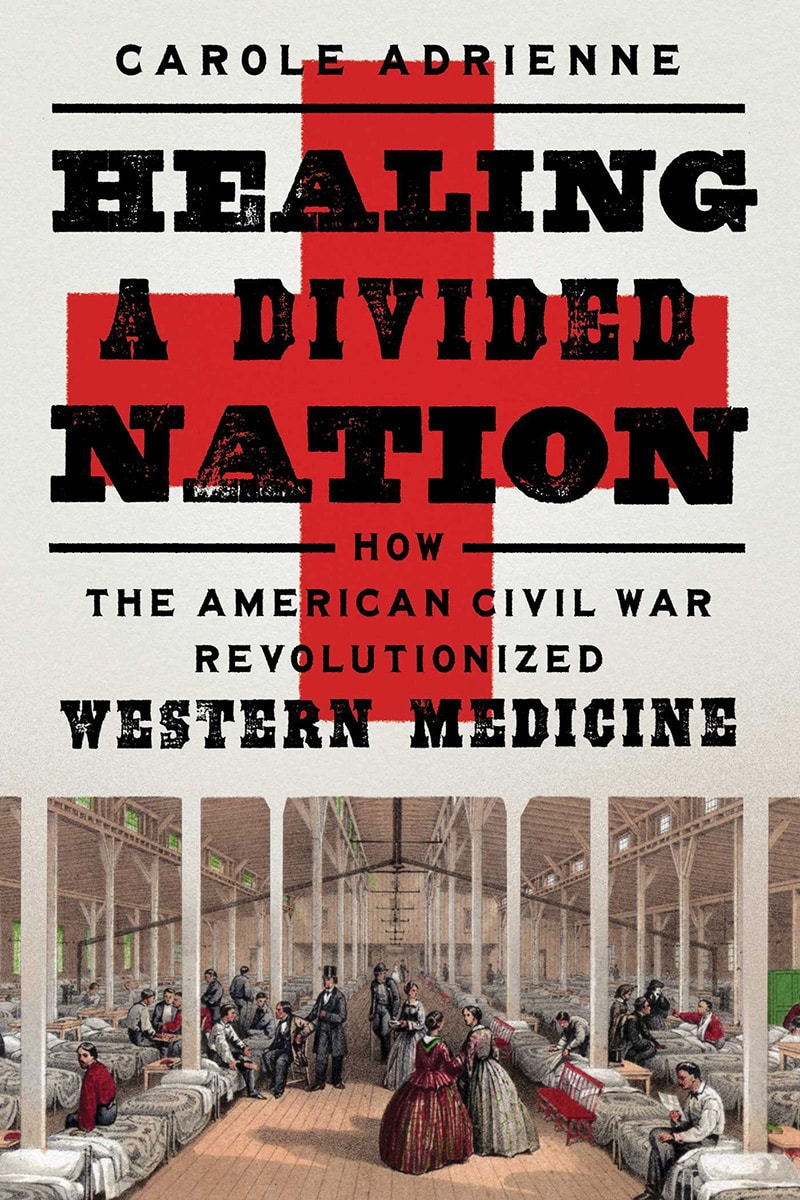May 2nd, 2024
7minute read
Armed citizens have guns because they know they can face violent armed criminals.
The title perfectly describes the topic.
A huge international volunteer humanitarian movement arose and would revolutionize the protection of wartime wounded and medics.
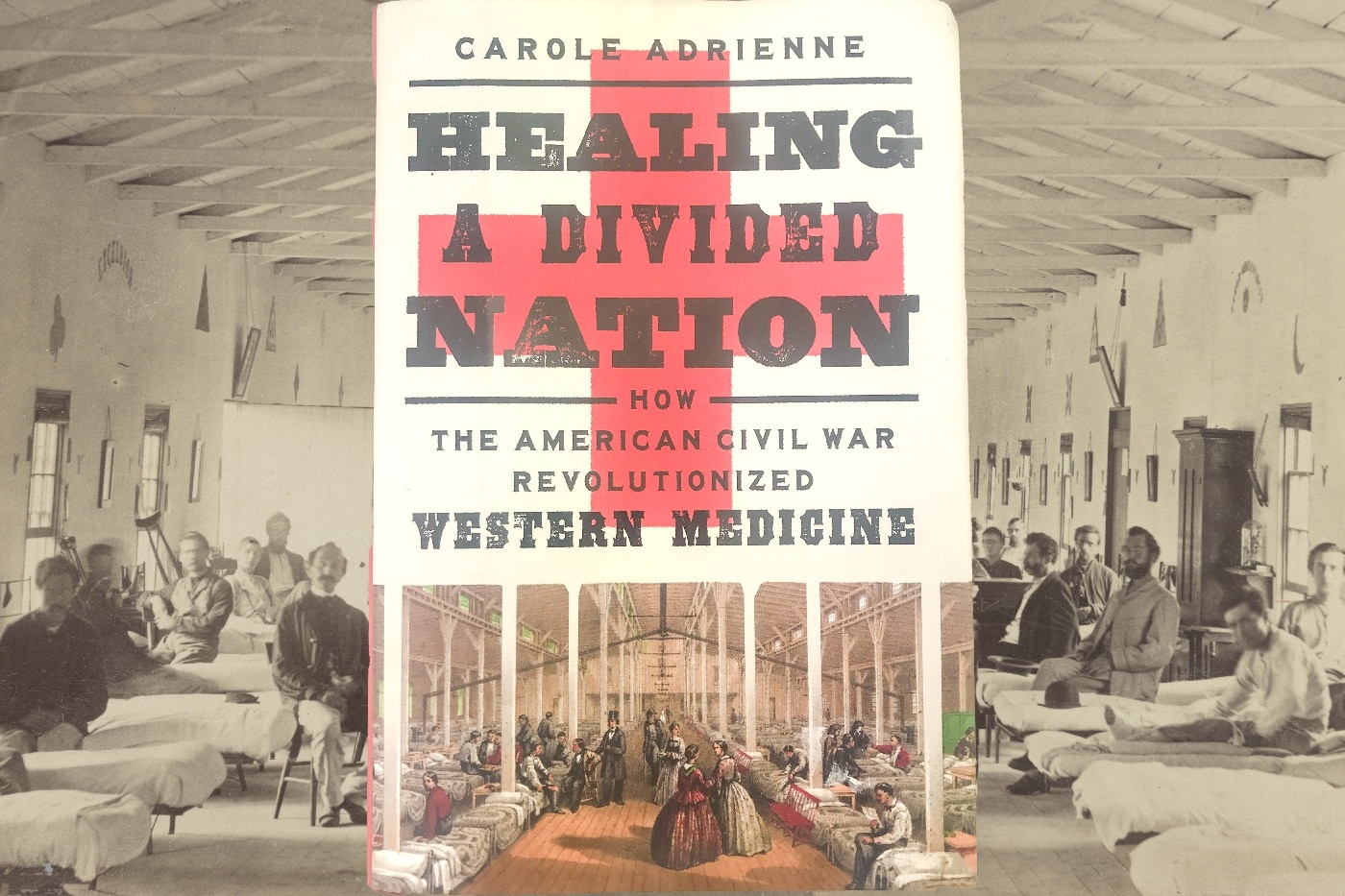
The impact of the American Civil War on the practice of medicine is misunderstood by many people. In this article, the author examines a book that explores this aspect of history.
At the Beginning
Conditions for the wounded were horrendous when the conflict began.
Germs were a fairly new discovery.
Anesthesia was in its relative infancy.
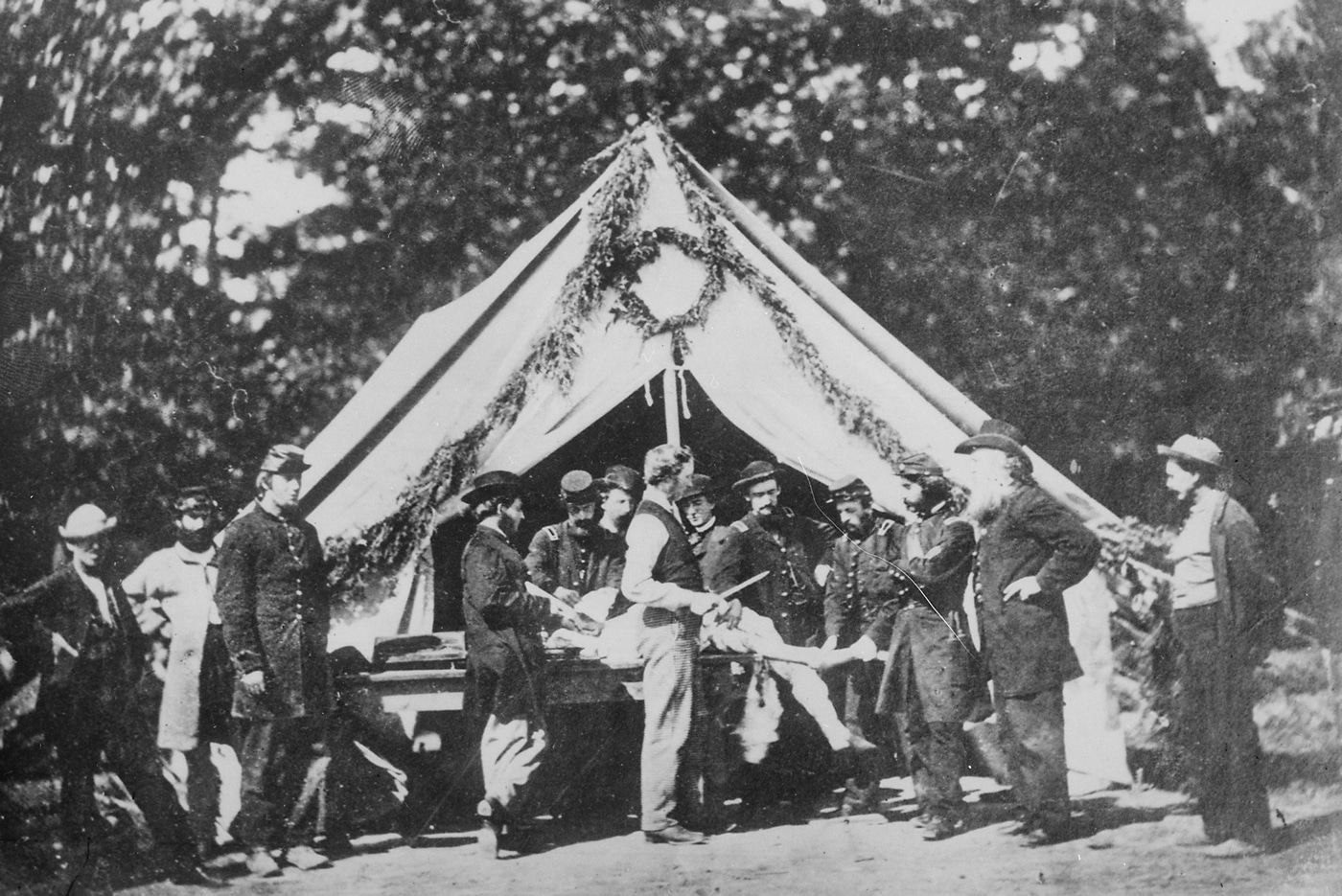
This photo from the Civil War depicts the preparation for an amputation of a soldier’s limb after the Battle of Gettysburg. Image: NARA
There were documented cases of wounded men lying helpless on the battlefield, without even water, for days.
By the end of the war, things had improved considerably.
Factoids
Desperate need for medical workers profoundly changed the face of the profession.
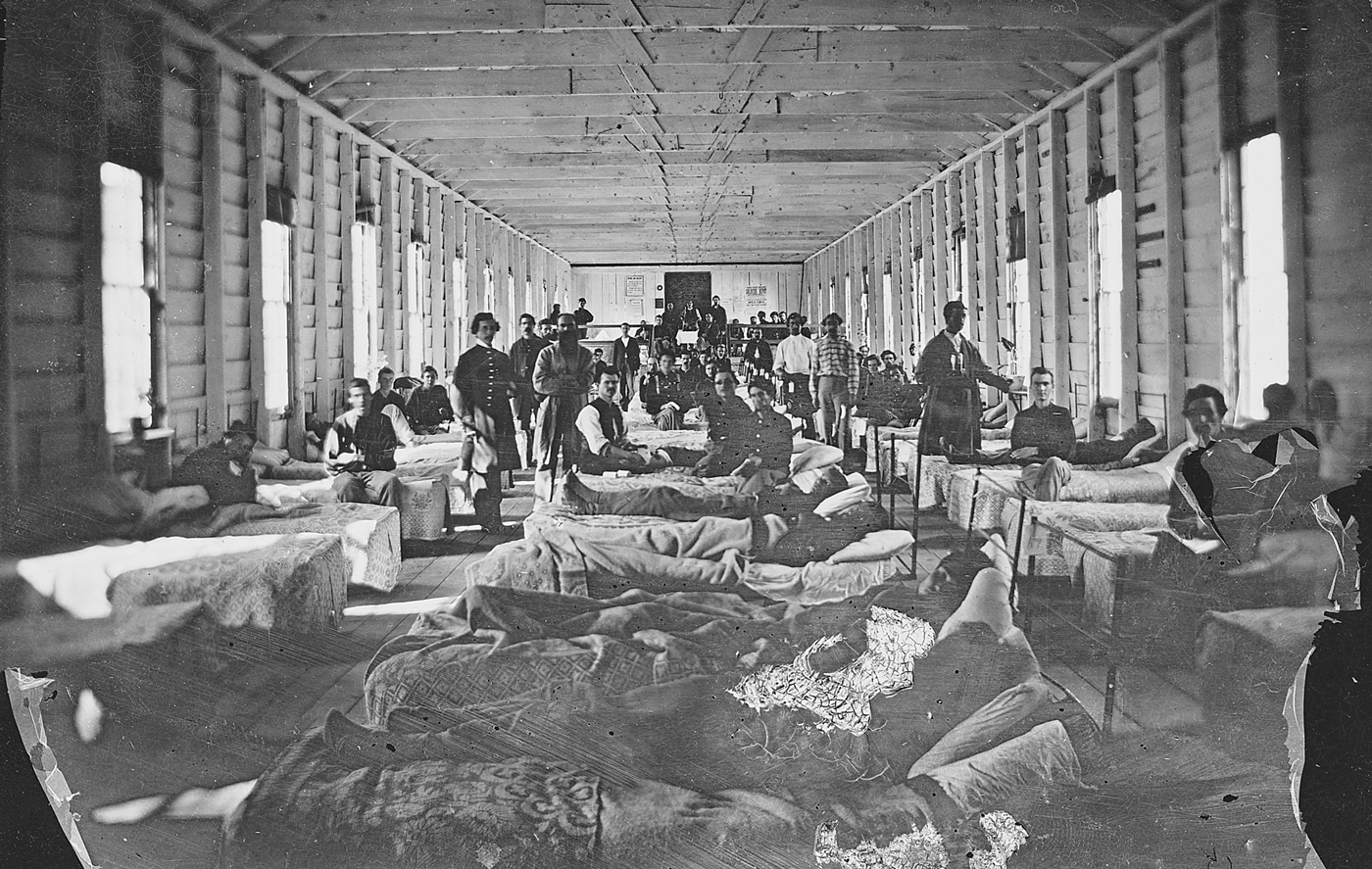
Wounded soldiers and medical staff in a Civil War hospital. The exact date and location is unknown. Image: NARA
In the North, the first African-American physicians were certified, as were the first female physicians.
The profession of nursing was greatly advanced in the course of the war.
From across the ocean in England, Florence Nightingale exerted a powerful influence in the United States.
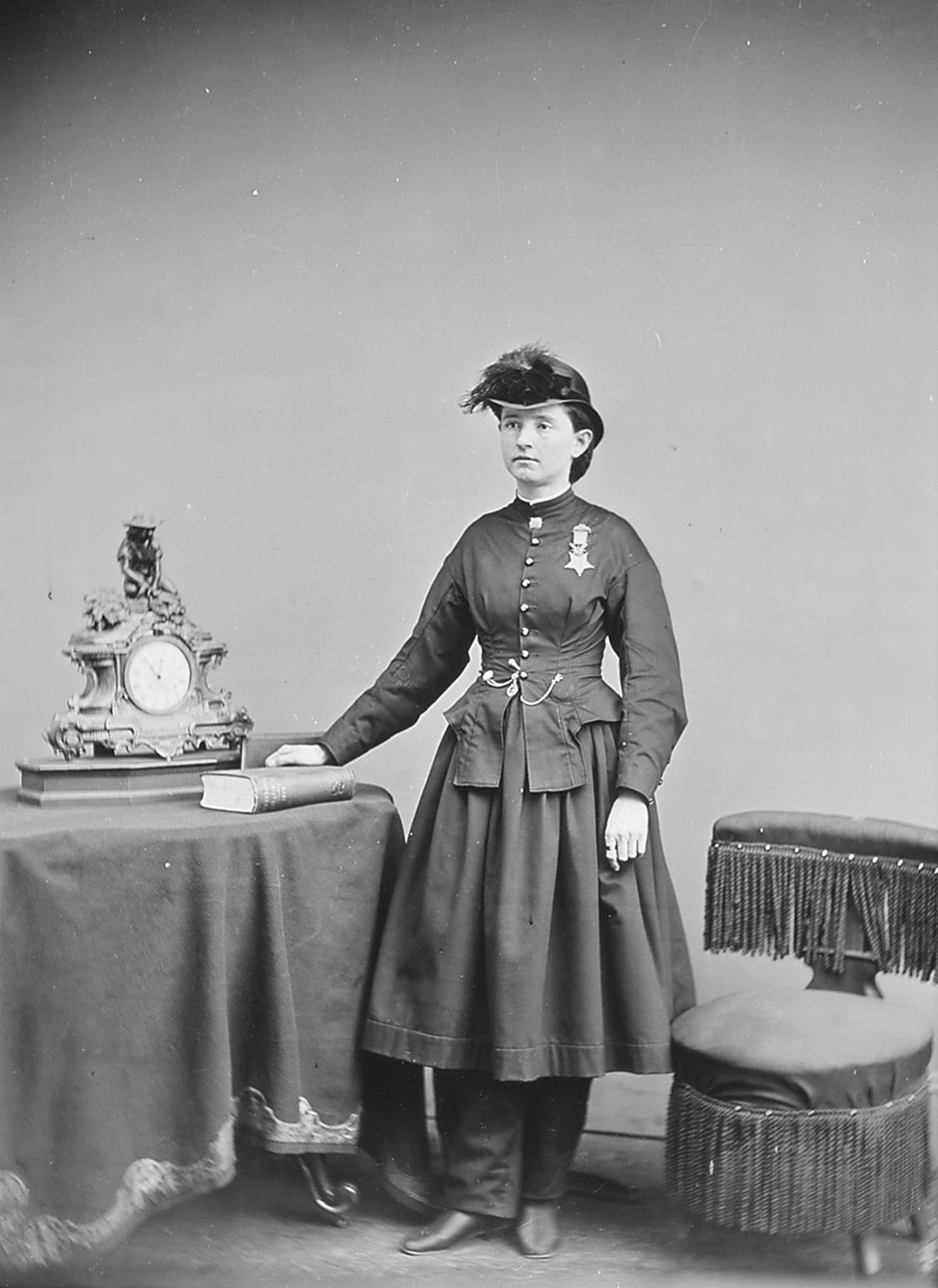
Dr. Mary Walker was the first female surgeon in the U.S. Army and was awarded the Medal of Honor for her efforts. She was also taken as a prisoner by Confederate troops and held as a POW. Image: NARA
More than 800 American schools offer degrees in nursing today.
The Civil War had taught the nation the importance of nurses.
Americas own most famous nurse, Clara Barton, rose to prominence during the War Between the States.
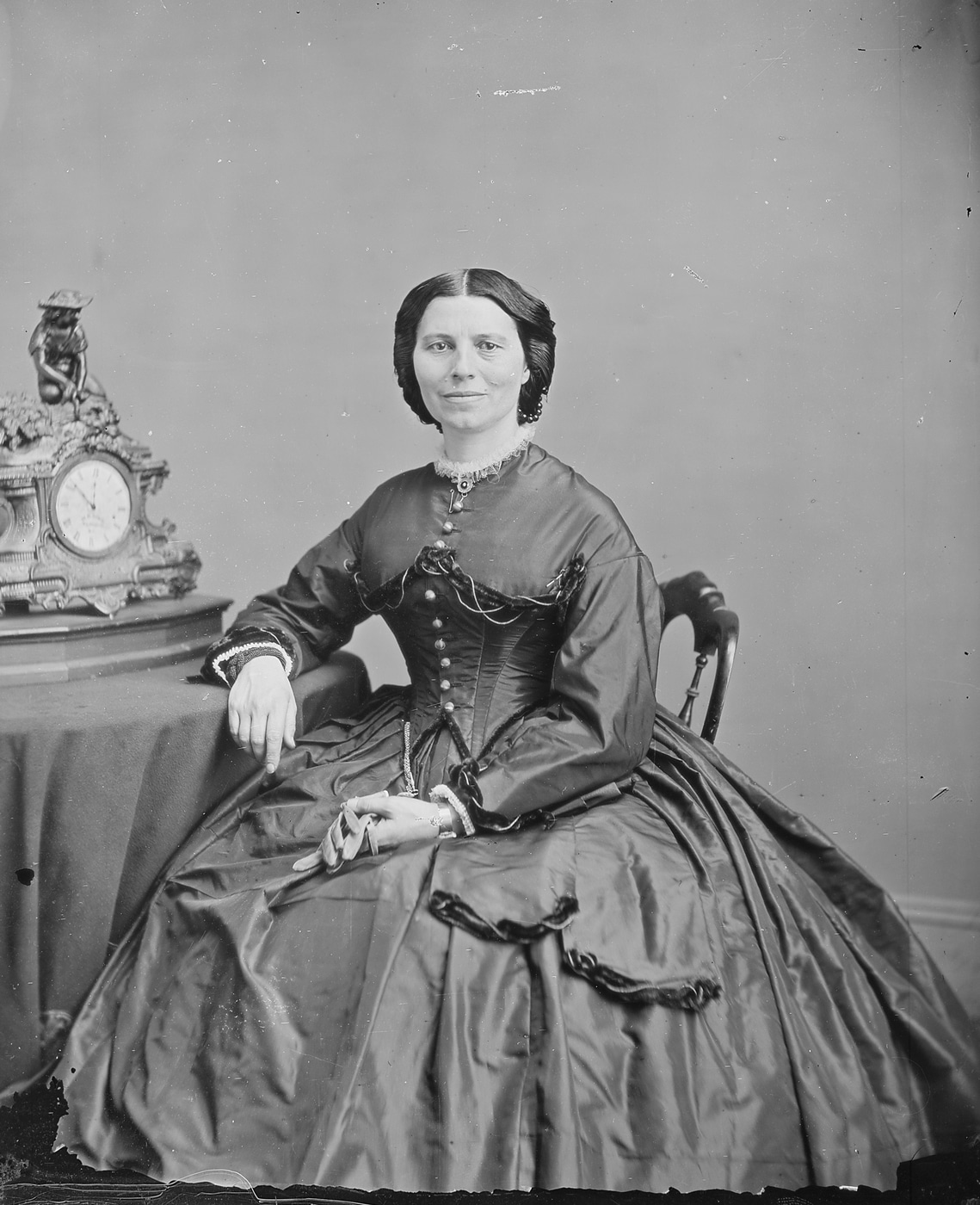
A nurse during the Civil War, Clara Barton later founded the American Red Cross. The Red Cross had a profound impact in World War I, World War II and many natural disasters around the world. Image: NARA
She appears to have been instrumental in introducing the Red Cross concept to this country.
The carnage of these battlefields inspired a great leap forward in the field of prosthetics.
Transportation of the wounded to hospitals was a logistical nightmare that taxed American ingenuity.
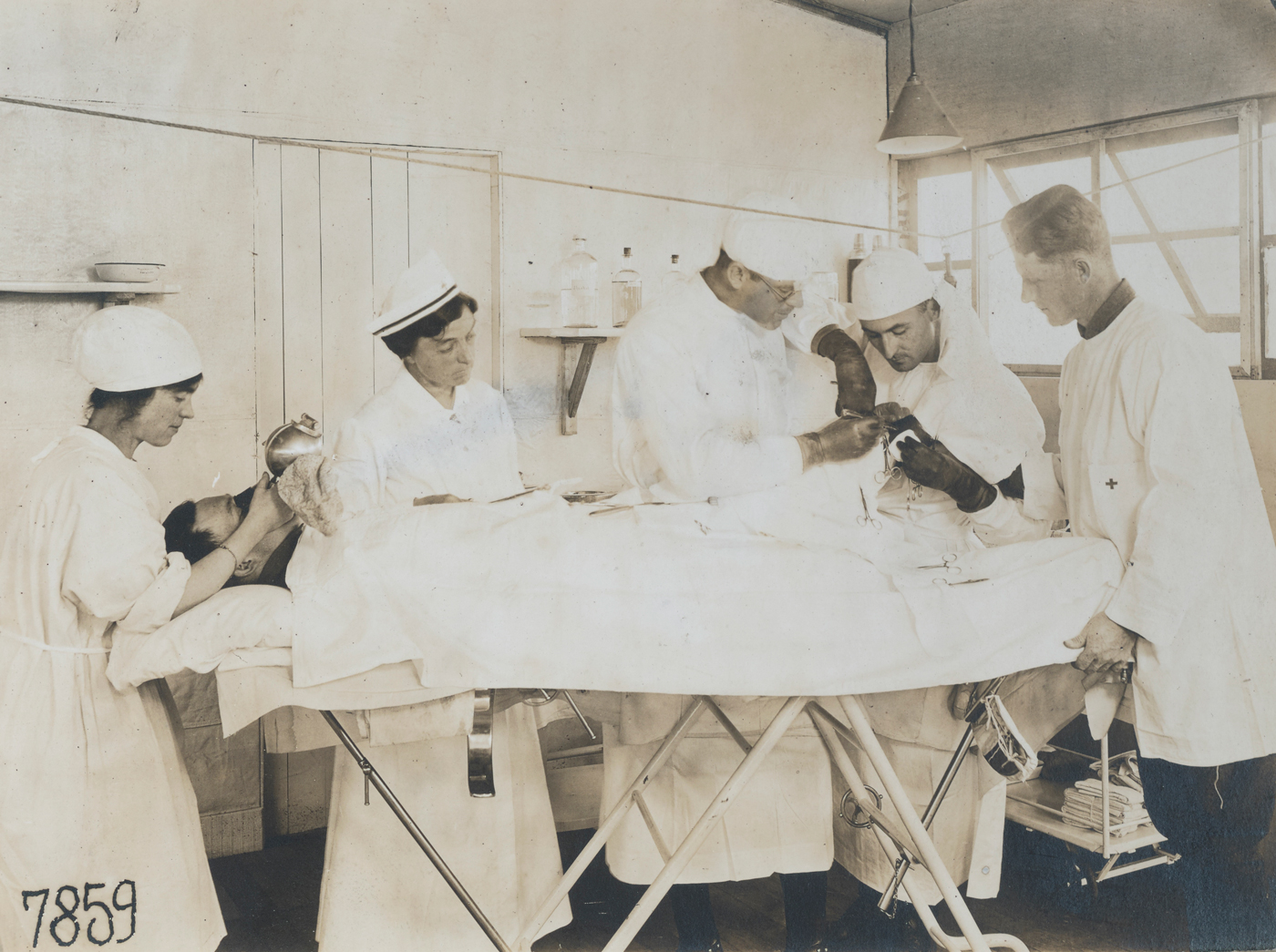
The Red Cross provided a range of medical services to soldiers in World War I. This is an operation at Military Hospital No. 5 in Auteuil, France. Image: NARA
The concept of the hospital ship appears to have flowered during the conflict.
Conclusion
The book concludes, … [M]edical science has soared in many ways.
Needless to say, a recommended read.
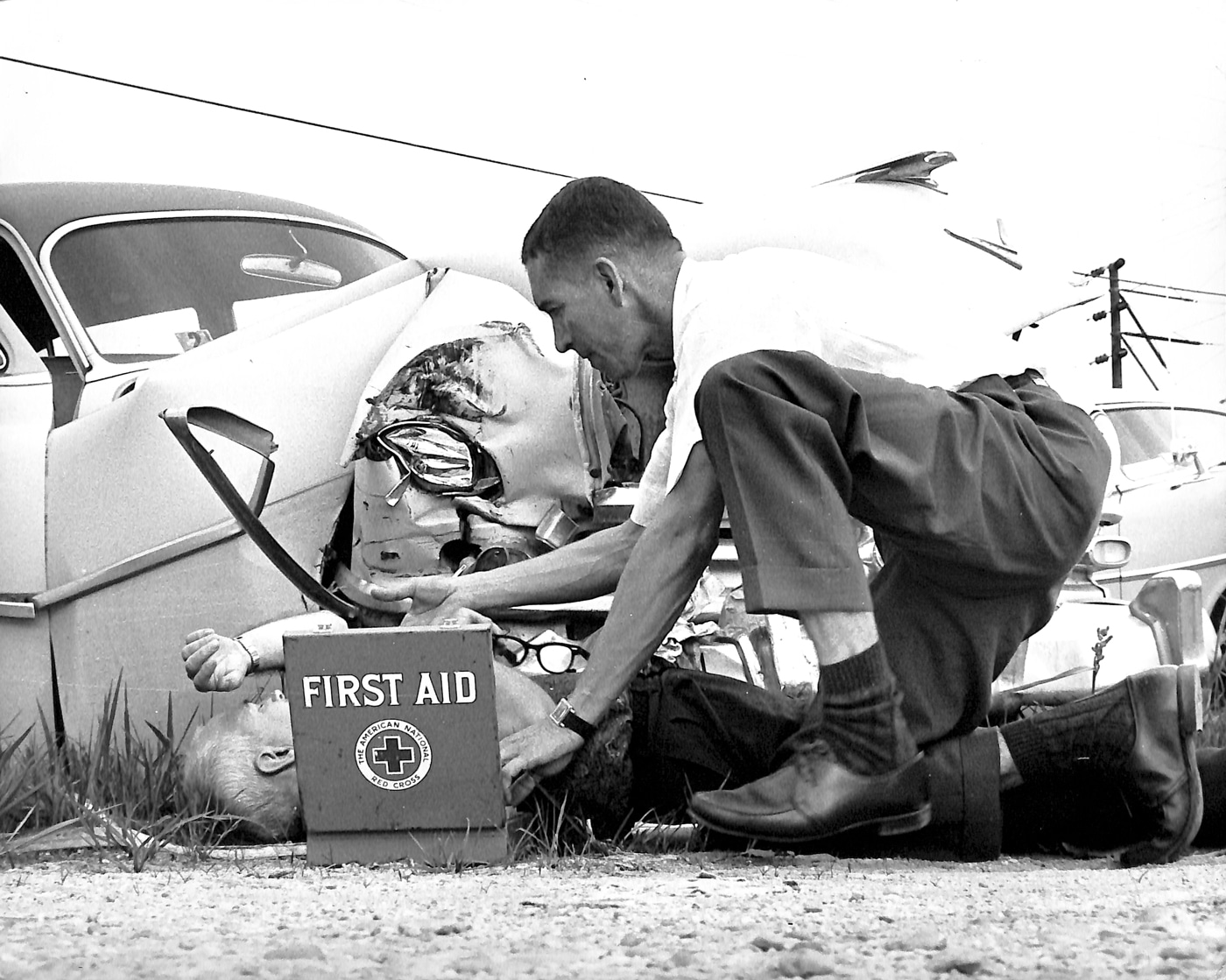
American Red Cross offers a range of first aid training that enables a person to give proper emergency care to an accident victim until medical help arrives. Image: NARA
Go to forum thread
Healing a Divided NationHow the American Civil War Revolutionized Western Medicine
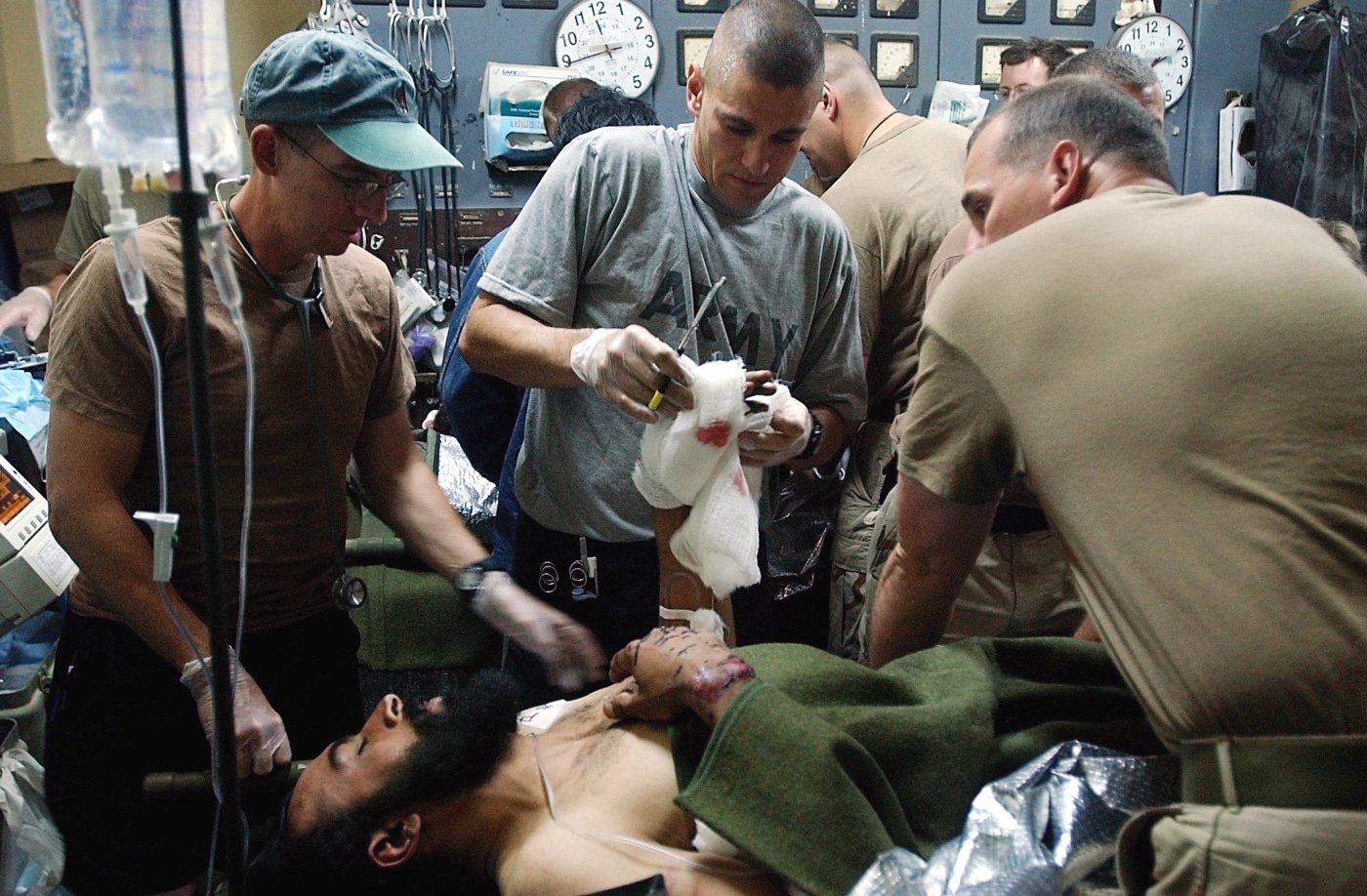
U.S. Army soldiers of the 947th Forward Surgical Team treat an injured Afghanistan National Army soldier during Operation Enduring Freedom. Many techniques employed today can be traced back to the Civil War. Image: NARA
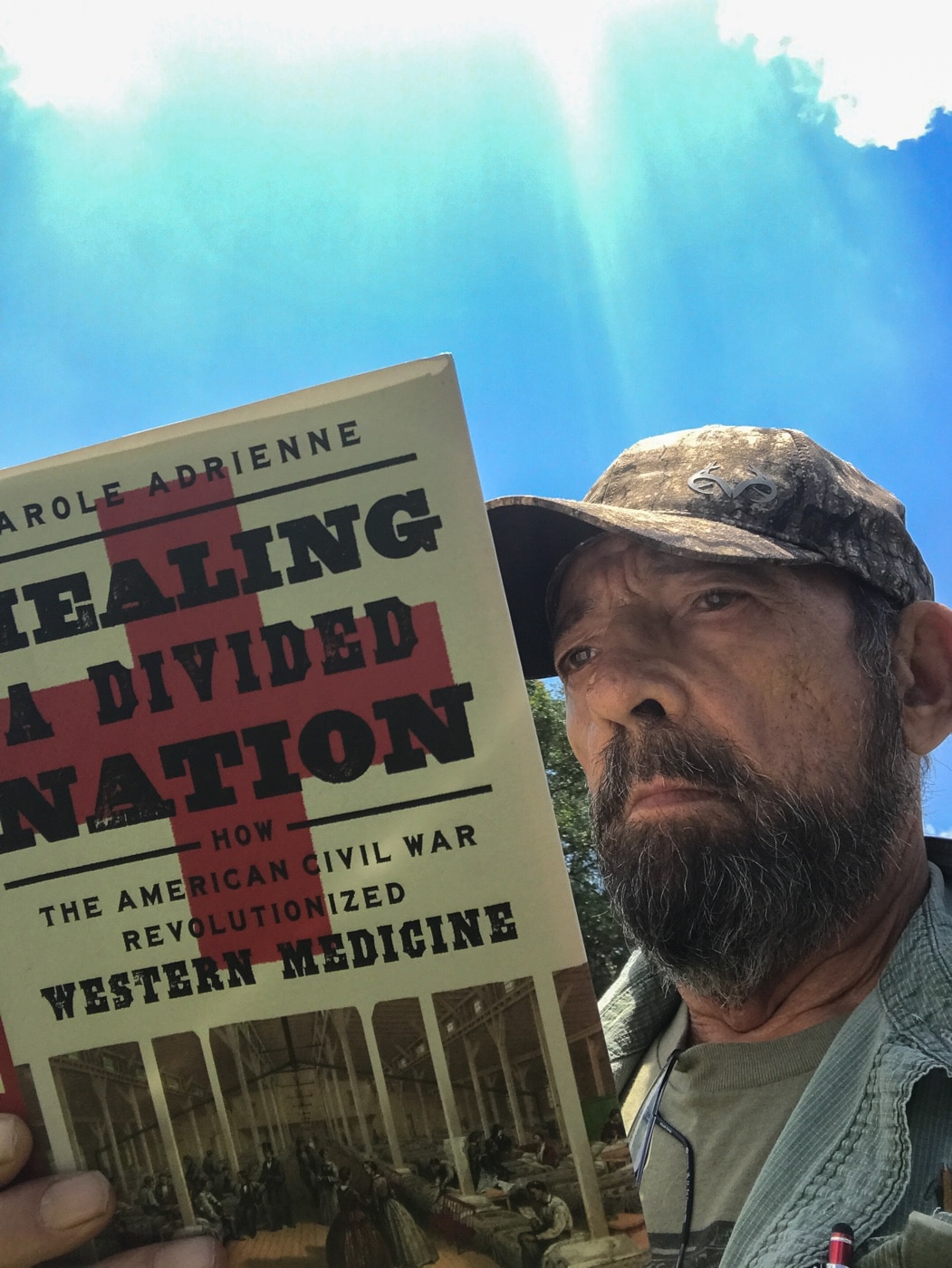
After reading “Healing A Divided Nation,” Massad Ayoob recommends it to readers interested in learning more about the roots of tactical medicine.
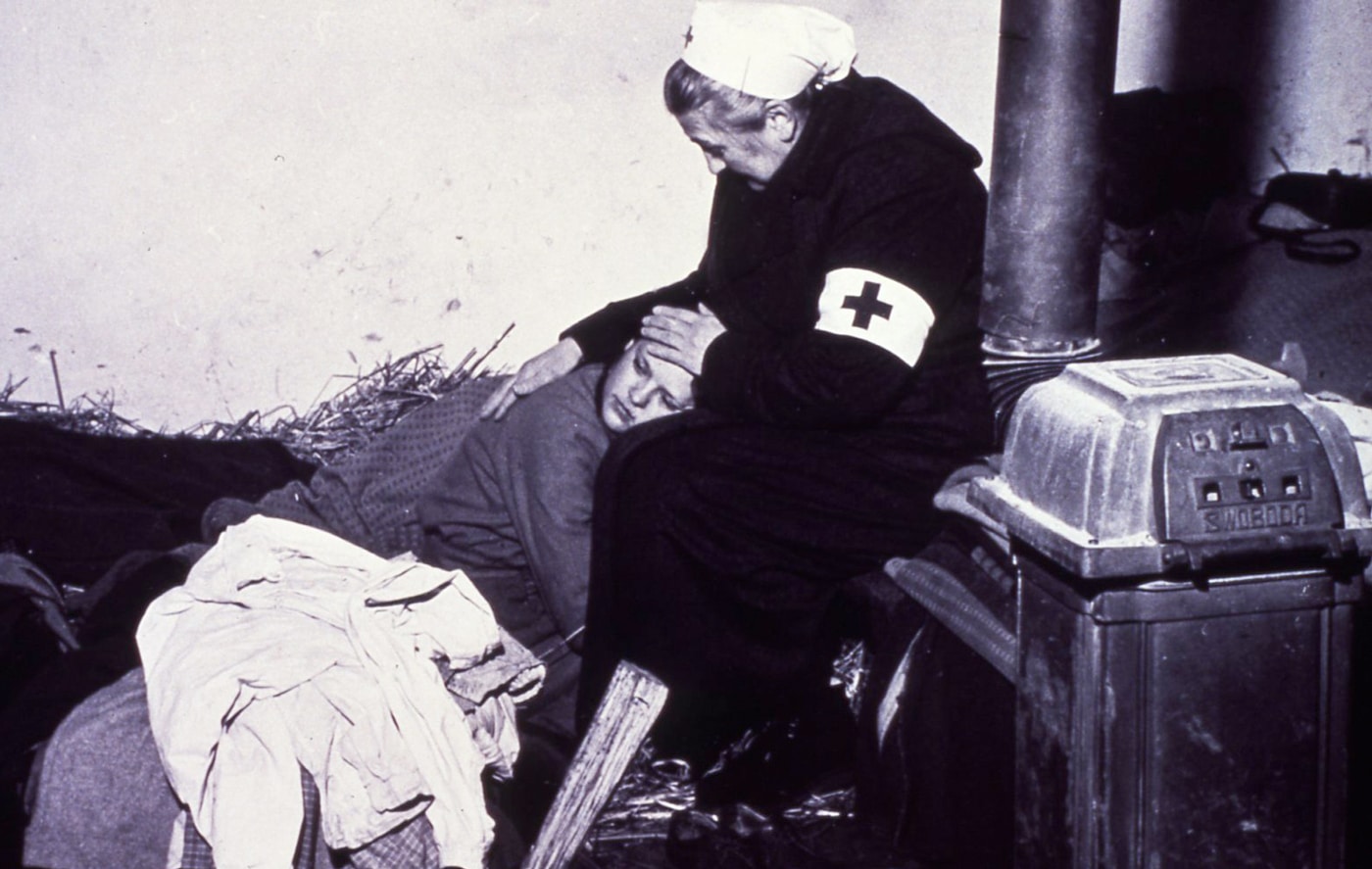
Not all wounds are visible. Here a Red Cross worker comforts a soldier during World War I. Image: NARA
